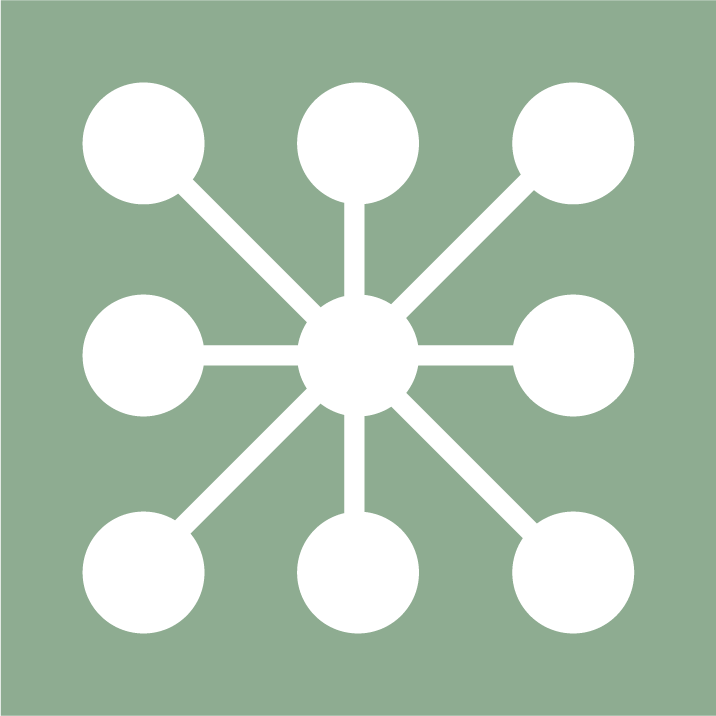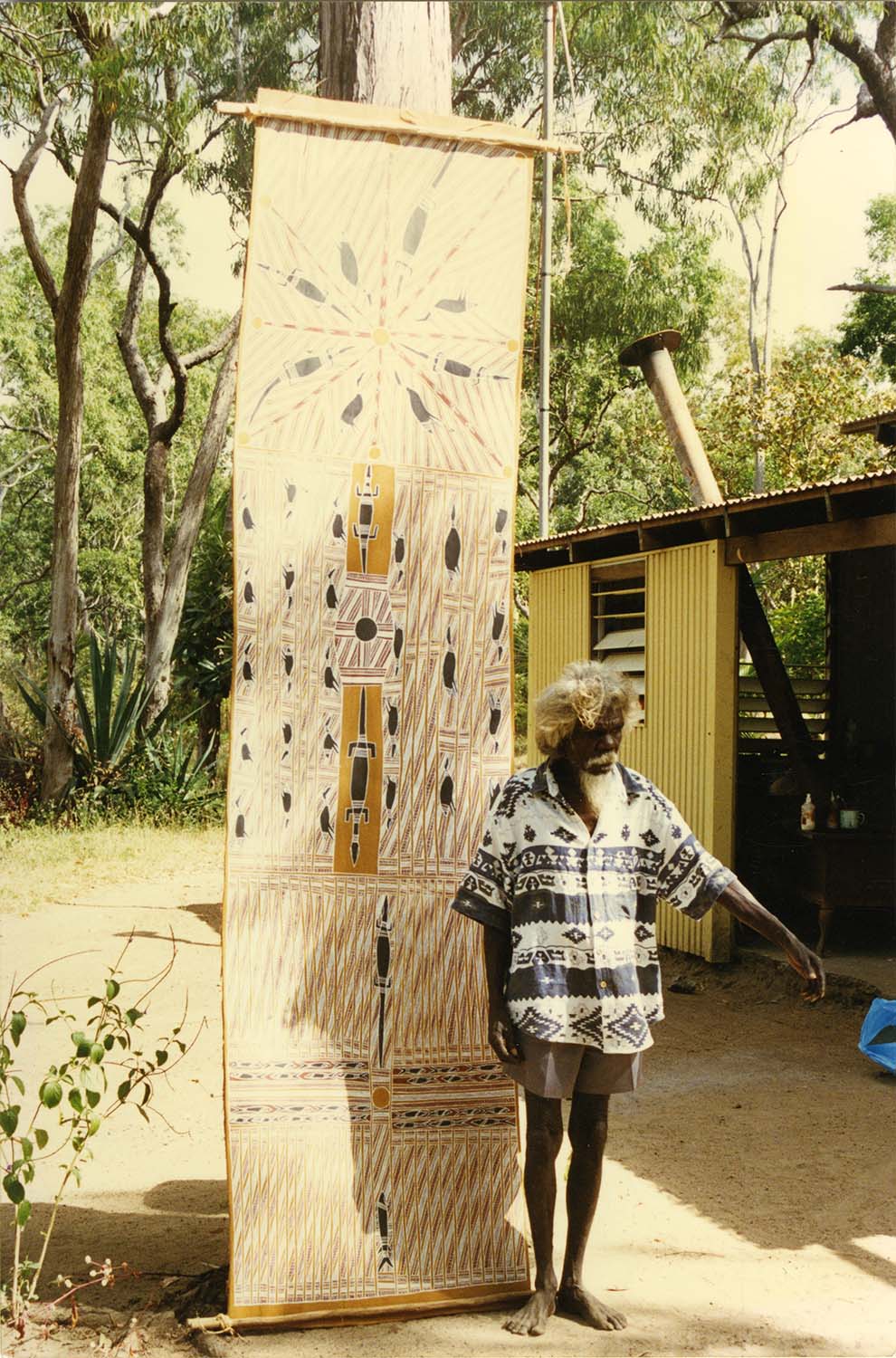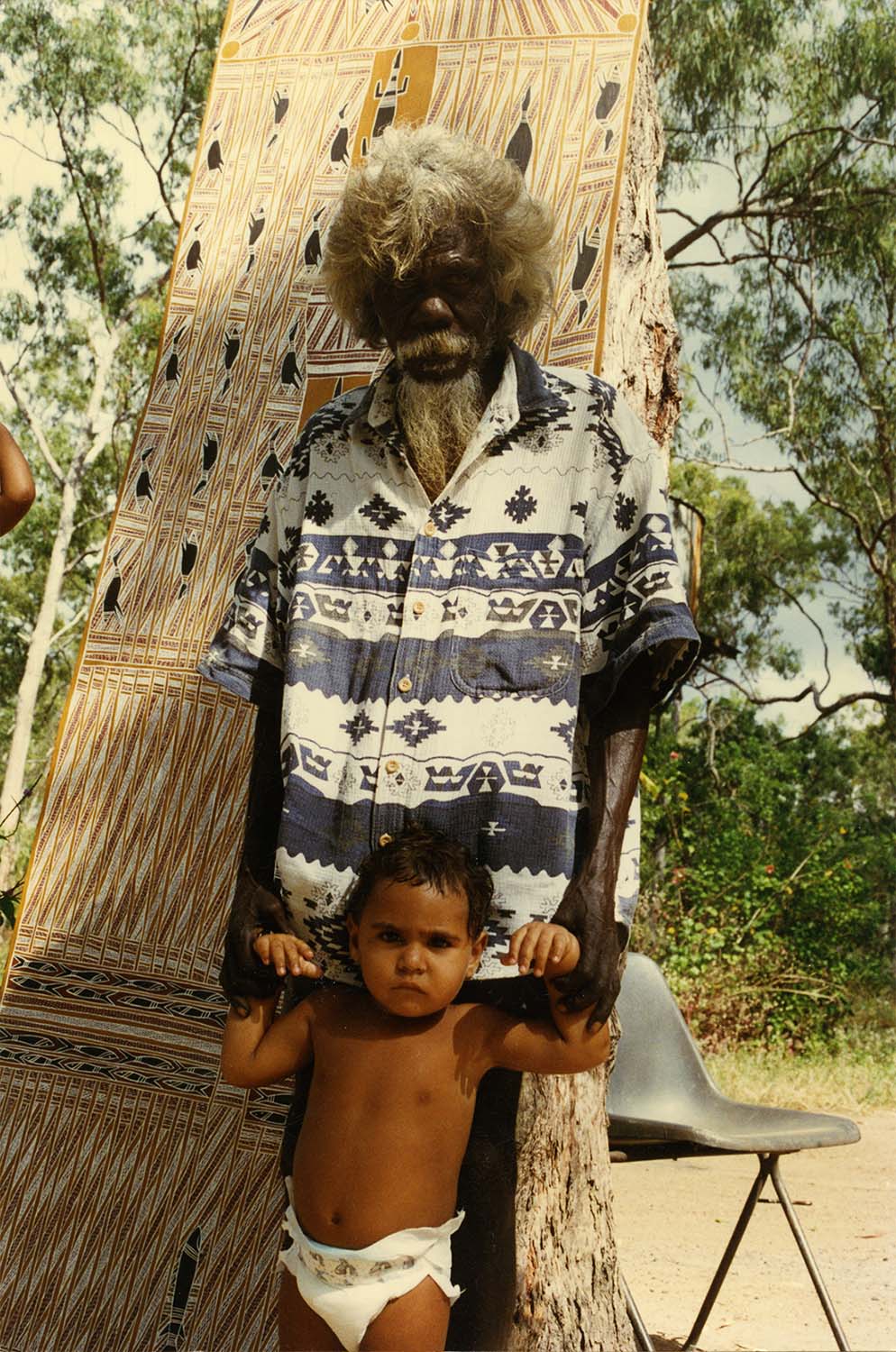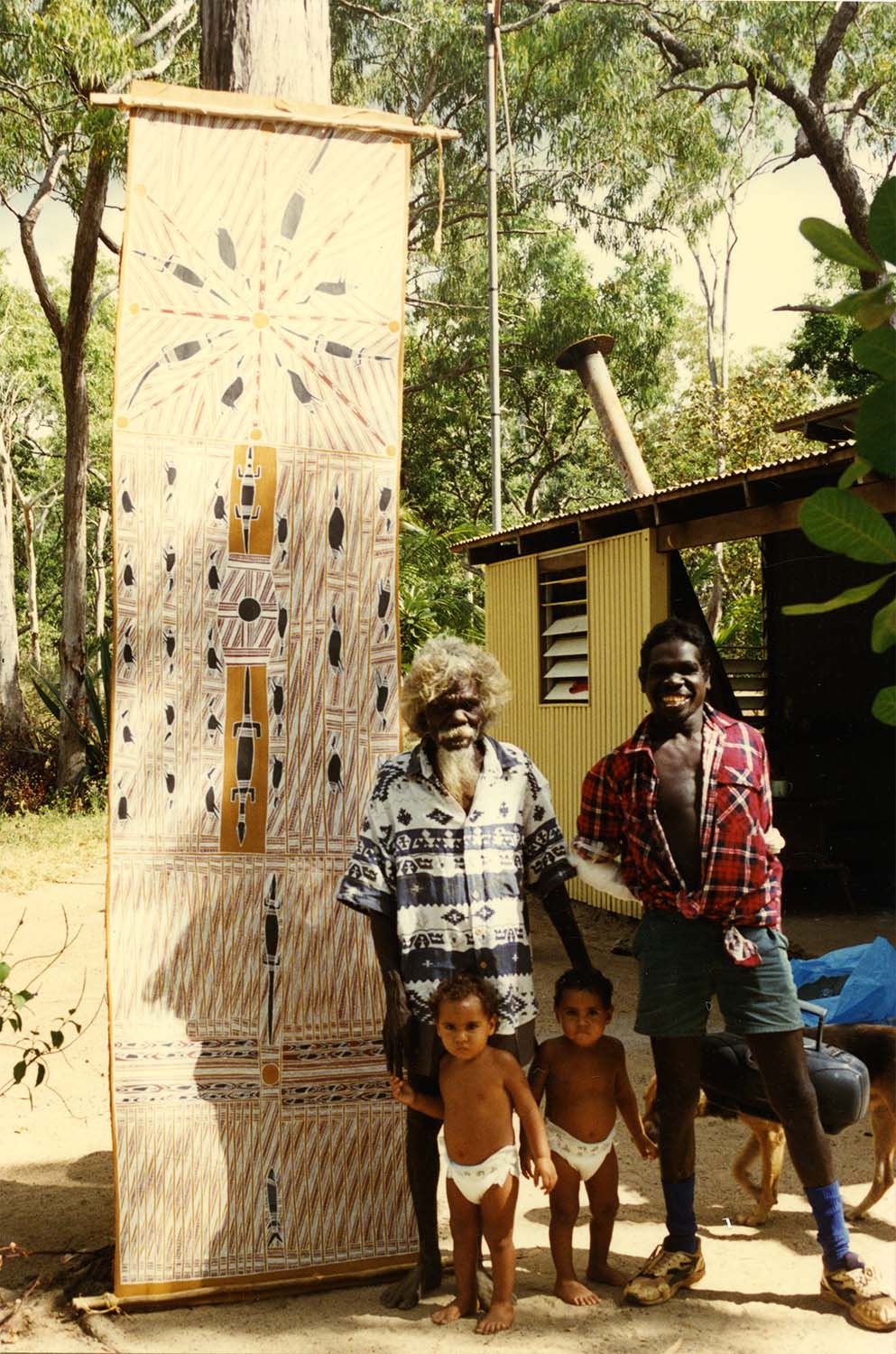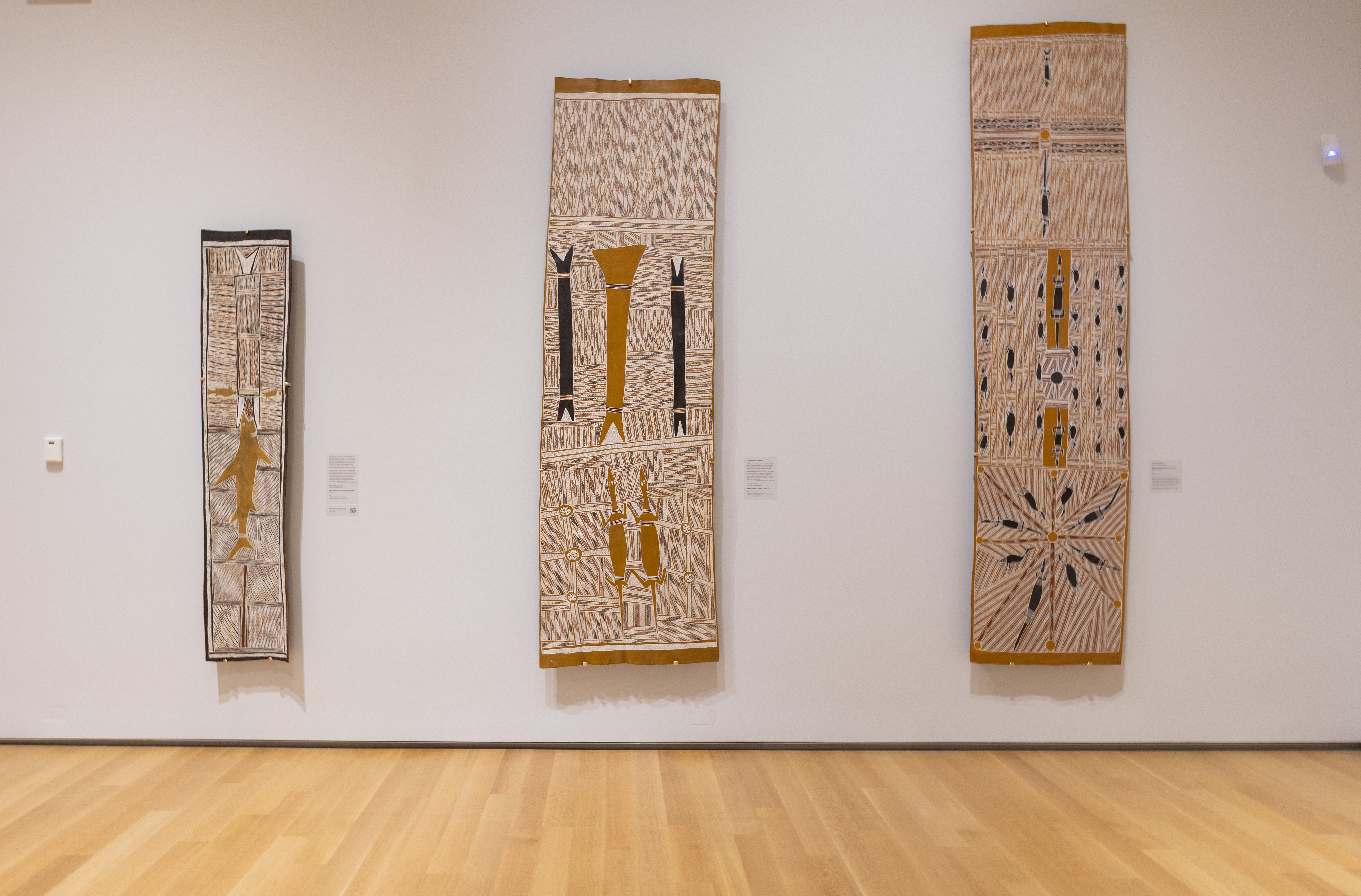
"This is the water, (creeks and river) the water that does what it does. The main water seeps underneath the
ground, the other flows under the main rivers. The water flows on the surface, and is surface water along the creeks and rivers. The other water is still rainwater but it goes underneath until it reaches saltwater. Yes that is how the water travels.
Without rainwater, these creeks, rivers, springs wouldn’t be possible during the dry season. Longstanding waters stay, and never dry up. These rivers, waterholes, and springs will stay on all through the year even the driest season such as the main one at Ganami (river) or near by Guwatjurumurru.
And we used to camp a bit far from big rivers and creeks like the one I’ve mentioned earlier. Some would think of special water holes covered with mud and sand from a long long time ago that they could go back to. Once we dug out the sand on the same spot from a long time ago (only known by past experience). We dug deep into the ground and the water would come out. That water will never run out."
– LARRTJANŊA GANAMBARR
More Info
This painting depicts three sites associated with the Djan’kawu Sisters, as indicated by the presence of djanda (Monitor Lizards), which are considered manifestations of the Djan’kawu. The cross-hatching in this work is derived from the marks cast by djanda as they move through the water, creating rippling patterns on the surface.
The Djan’kawu refer to two sisters who are the major creator beings for the Dhuwa moiety. During the Waŋarr (ancestral times) they traveled over the land, giving land and Law to the Dhuwa clans. Three major Djan’kawu sites of freshwater belonging to the Ŋaymil clan are depicted by three panels. Milŋurr (sacred waterholes pertaining to fertility) is the focus of the panels.
The different types of cross hatching belong to the artists clan and represents the ḏarra (water weed) that covers the spring fed billabongs. The design is employed from the mark made by the ancestral goanna as it swims through.
Other totems of the Ŋaymil are also depicted at these sites. They show the different geographical states of the region. The top panel of the area, Mäthi, dries out seasonally. This allows the brolga (Australian Crane) to graze from waterhole to waterhole, leaving footprints in the mud. The central Milŋurr of Guminyuŋbuy has added significance to stress the site’s importance. The bottom area of Milipa shows a physical horizontal barrier to stop the contamination of this sacred water.
– Buku-Larrŋgay Mulka Centre
Additional Information
Decade
1996
Medium
Natural pigments on eucalyptus bark
Dimensions (IN)
125 3/8 x 31
Dimensions (CM)
318.5 x 78.7
Credit
Kluge-Ruhe Aboriginal Art Collection of the University of Virginia. Gift of John W. Kluge, 1997. 1996.0035.011
Narrative
Ŋaymil
The Ŋaymil clan belongs to the Dhuwa moiety. Spiritual themes include Djanda, the ancestral water...
Songline
Djan’kawu
When I was a child, my father would put me on his lap and sing...
Location
1990s
Buku-Larrŋgay Mulka Centre began the 1990s in a phase of rebuilding. By the end of...
About The Artist(s)
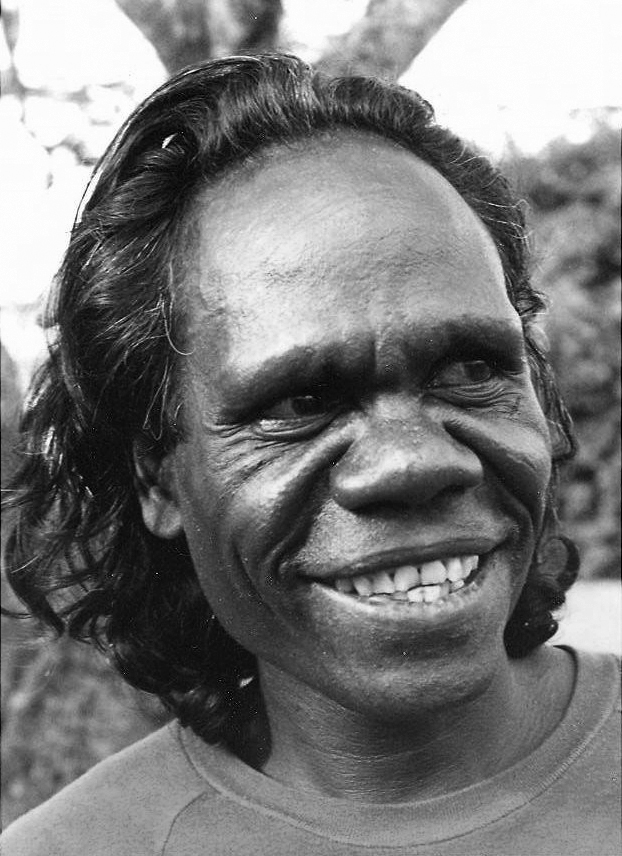
Clan
Ŋaymil
Artist Dates
c.1934-2000
Alternative Names
Lardjanga, Larrdjannga, Larjanga, Larrtjannga
Larrtjanŋa Ganambarr
Larrtjanŋa Ganambarr was the leader of the Ŋaymil clan. He was taught to paint by Mawalan Marika and, in 1962, contributed to the Dhuwa side of the Yirrkala Church Panels. In 1961, his work Freshwater Goannas (1960) was one of the first bark paintings acquired by the National Gallery of Victoria. He was an important ceremonial leader and established the homeland at Yangunbi.
Collections Represented
Art Gallery of Western Australia
American Museum of Natural History, New York
Kluge-Ruhe Aboriginal Art Collection of the University of Virginia
Museum of Contemporary Art, Australia
